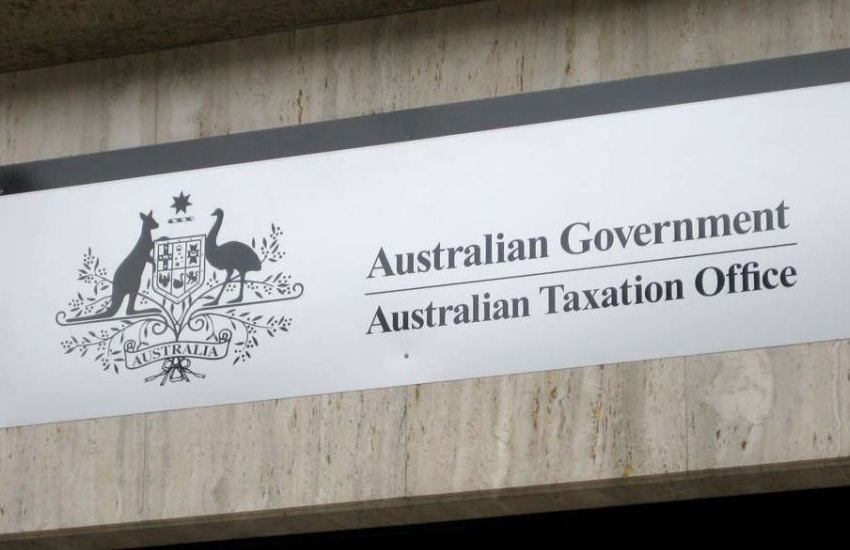New figures from the ATO have revealed that 2.1 million taxpayers have now received an average tax refund of $2,490, contributing to a total of $5.3 billion, four weeks into tax time 2021.
Assistant Treasurer Michael Sukkar attempted to put a positive spin on the figures as Greater Sydney residents faced the reality of four more weeks of lockdown — a move that is estimated to cost the economy upwards of $100 million a day.
You’re out of free articles for this month
“The injection of over $5.3 billion into the economy is welcome news during the current COVID-19 pandemic,” said Mr Sukkar.
“Australians should be confident in the government’s plan for economic recovery and support for individuals and families across the country.”
The rush to lodge early this year comes as no surprise, as taxpayers look to secure their $1,080 low and middle-income tax offset, a measure that has been extended to this financial year and is expected to cover nearly 10 million people.
Taxpayers are also expecting larger refunds this year, with up to four and a half months of backdated stage 2 tax cuts, and substantial working-from-home expenses after a year marked by lockdown restrictions.
Over 170,000 tax returns were lodged on 1 July, despite the ATO stating that it would only begin processing them from 7 July, and pay out refunds from 16 July.
The ATO has urged taxpayers to be mindful of avoidable errors that arise when tax returns are lodged too early on, including missing income, interest and dividends usually pre-filled once the Tax Office receives the information from third-party sources in late July.
“Waiting until the end of July to lodge allows the ATO to add information into your tax return from employers, banks, private health insurers and government agencies into your tax return,” said ATO assistant commissioner Tim Loh. “Agents can access this information, too.
“By allowing more time, your return will be easy, speedy and, importantly, more accurate. By avoiding mistakes, we’ll be able to process your refund faster.”
According to the ATO, more than 230,000 returns are adjusted each year using third-party data, with individuals commonly failing to include all their income, including interest, dividends and rental income.
Jotham Lian
AUTHOR
Jotham Lian is the editor of Accountants Daily, the leading source of breaking news, analysis and insight for Australian accounting professionals.
Before joining the team in 2017, Jotham wrote for a range of national mastheads including the Sydney Morning Herald, and Channel NewsAsia.
You can email Jotham at: This email address is being protected from spambots. You need JavaScript enabled to view it.

 Login
Login







